An interview with landscape painter Francis Salvesen, plus a gallery of the artist's most recent works.
Atmospheric castles, dramatic waterfalls and beautiful woodlands are just some of the natural landscapes being showcased in a new exhibition by artist Francis Salvesen in London's La Galleria Pall Mall.
BBC Countryfile Magazine caught up with Francis to find out what inspires him, his love of British nature and how he manages to capture the beauty of the British countryside on canvas so effectively.
When did you start producing art?
I was a prolific painter at Cargilfield School in Edinburgh. The art room there was in an out-building and I used to covertly leave the window latch open and enter the room later in the day, when I had free time after sports. So, I had free reign of all the paint, paper and paintbrushes I needed and plenty of time to paint. The more I painted, the better skilled I became and ultimately, I won the school cup!

What medium do you like to work with?
I always paint in oil. I can reduce the thickness of the paint with white spirit, which doesn’t compromise the colour. At the back of my mind, I hope that the paintings will last for many, many years, as opposed to watercolours, which fade over time.
Tell us about The Great British Art Exhibition: Our Iconic Landmarks
There are so many stunningly beautiful places in the United Kingdom, from the White Cliffs of Dover to Windsor Castle. The Great British Art Exhibition is a visual tour of our islands, visiting the majority of these lovely places in the space of an hour. They are not only delightful scenes, from John O’Groats to Lands End, but are captured from beautiful angles and with wonderful light and colours, emphasising their natural aesthetic beauty.

What do you like about painting landscapes?
I like the way a landmark stands out within the countryside, whether it is a hill of bluebells, such as Roseberry Topping, or an unusually picturesque waterfall in the Brecon Beacons. There are complexities within the scenery, such as the skies and clouds, or reflections in water, which make the paintings a challenge and, once finished, evoke a deep sense of satisfaction.
What processes are involved in completing a painting?
I like taking photographs but work quite easily from snapshots. The key is to conquer the perfect scene and to be that good, it has to be real. Imagination rarely really reaches the heights that nature itself achieves. I paint extremely slowly, mostly horizontally using very strong architects’ lights, and finish details when the picture is vertical, on a stand. The final touches are critical and can take days, before drying for a month or two and then varnishing.
What will you paint next?
The next series is very exciting and leads directly on from the landmarks. I will be painting the main customs and traditions, culture, sports and interests that define who we are, as British people!
Gallery
Somerset sunrise
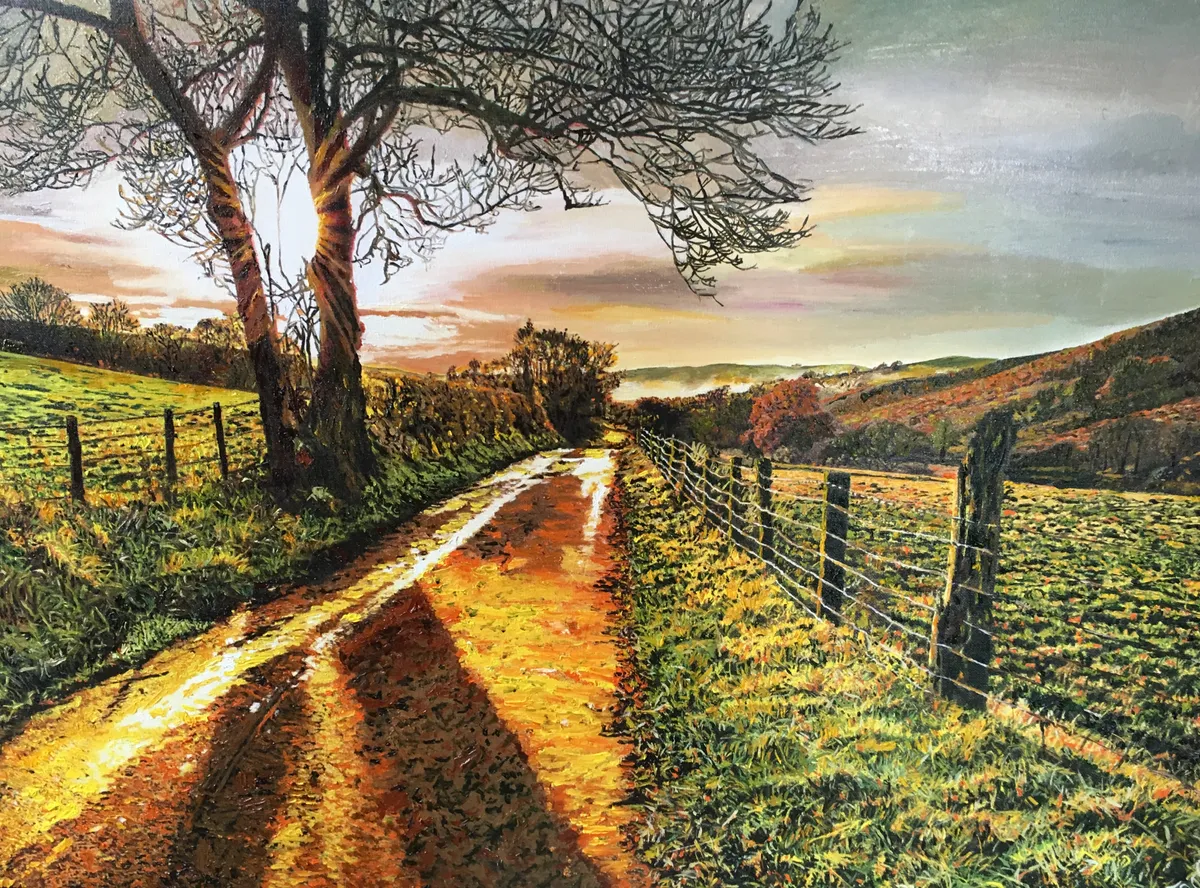
Cefn Sidan
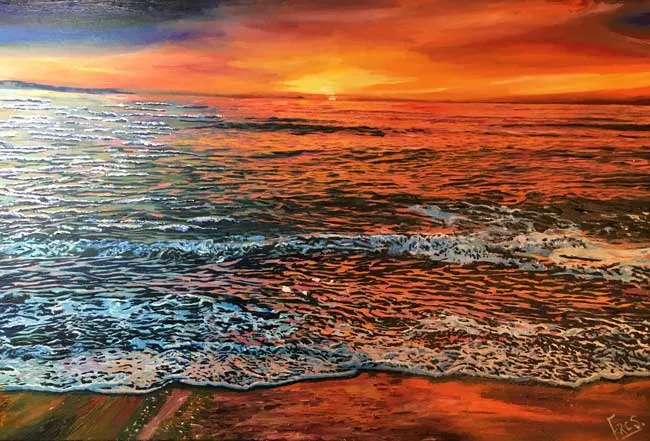
Callanish Stones
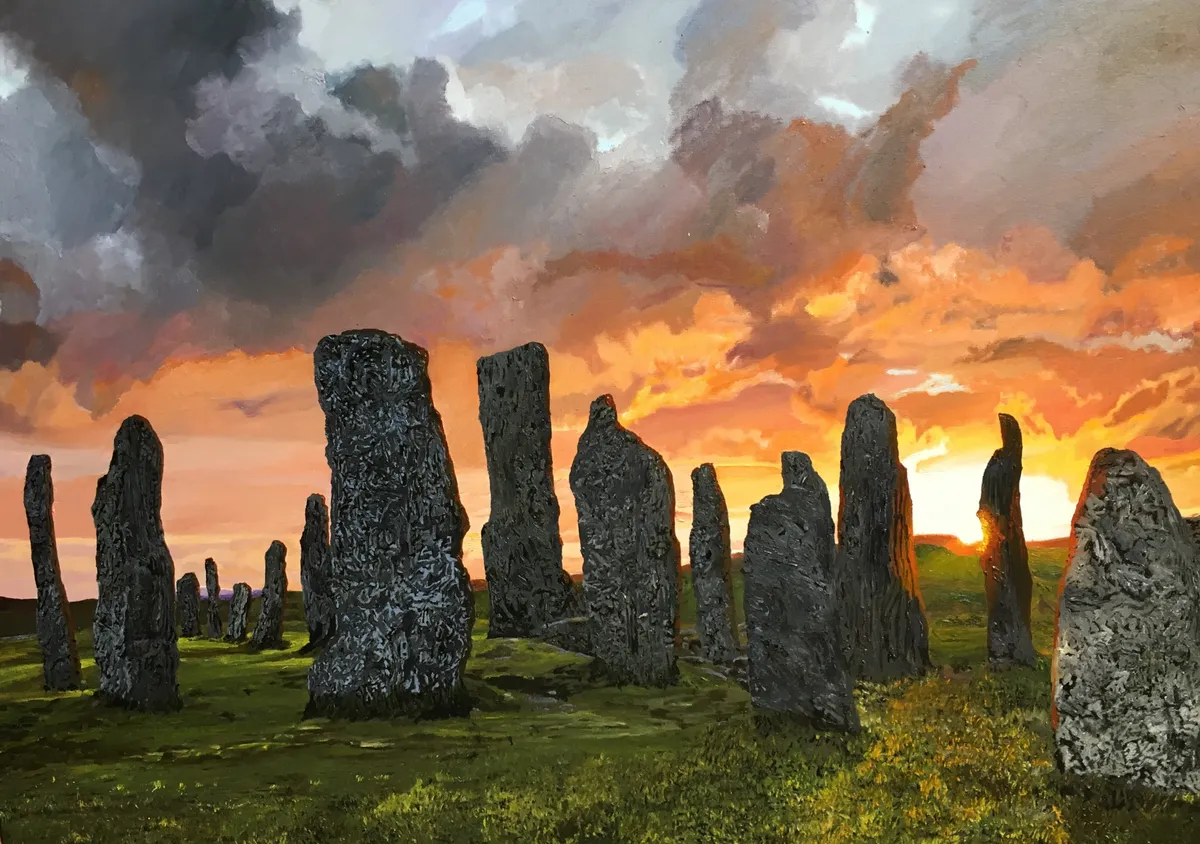
Stone Henge
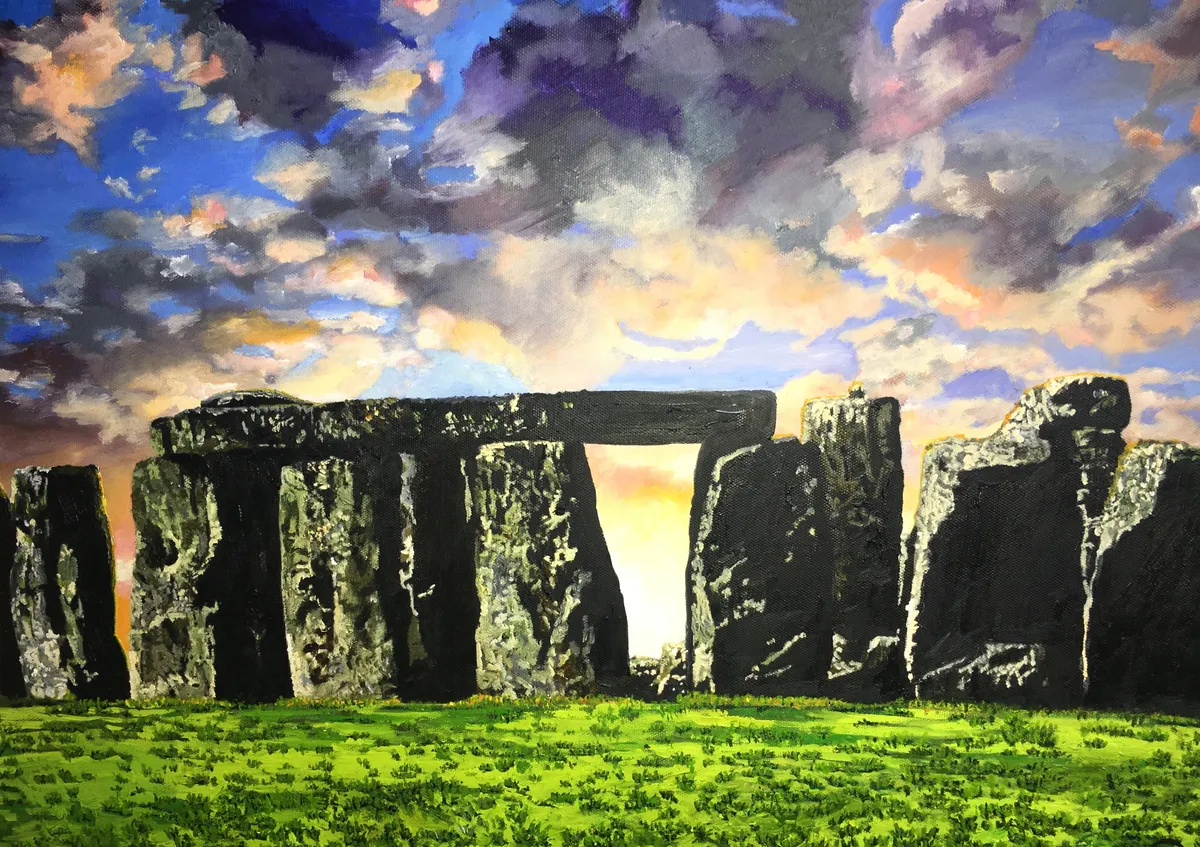
Edinburgh Castle
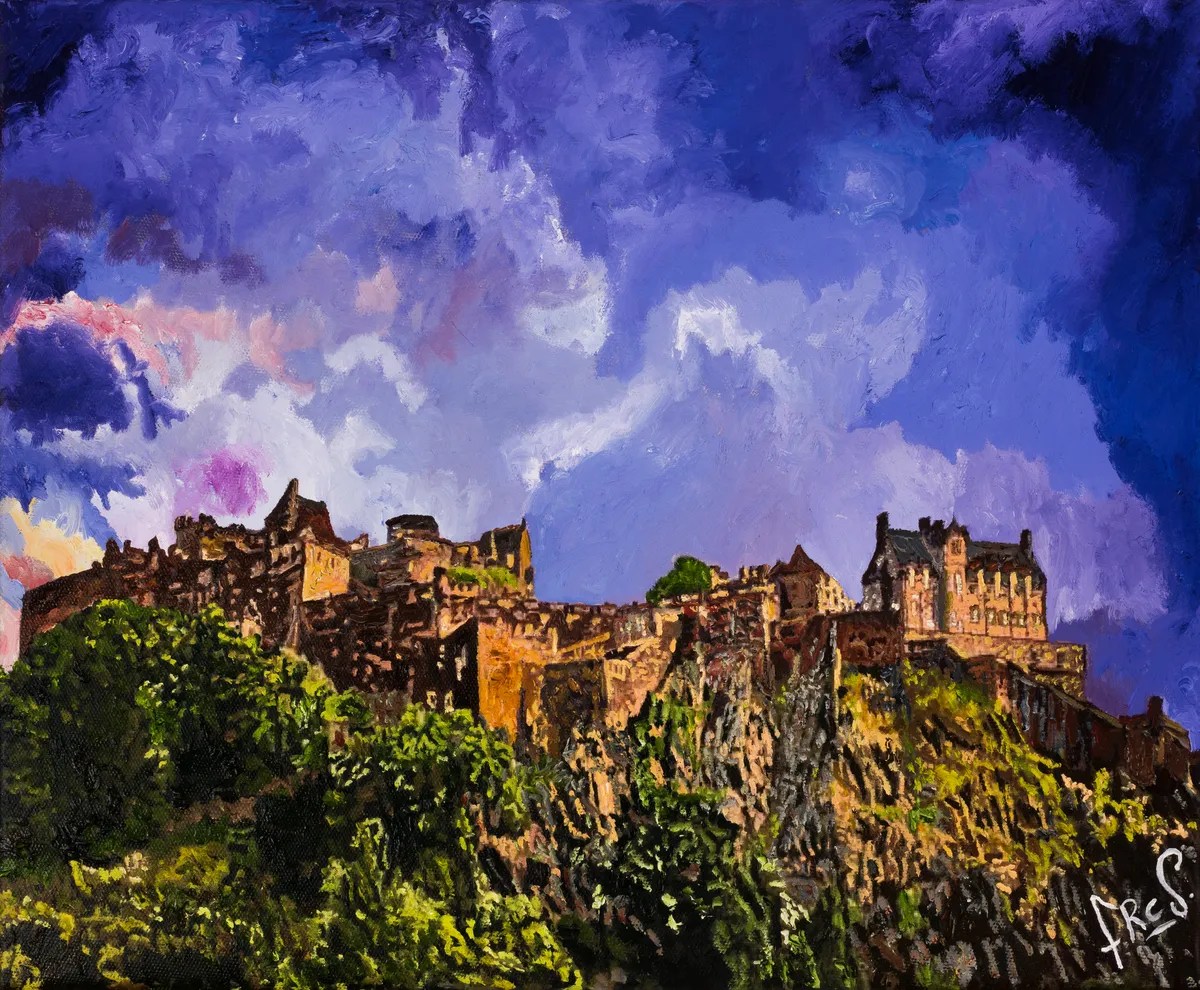
Dunstanburgh Castle
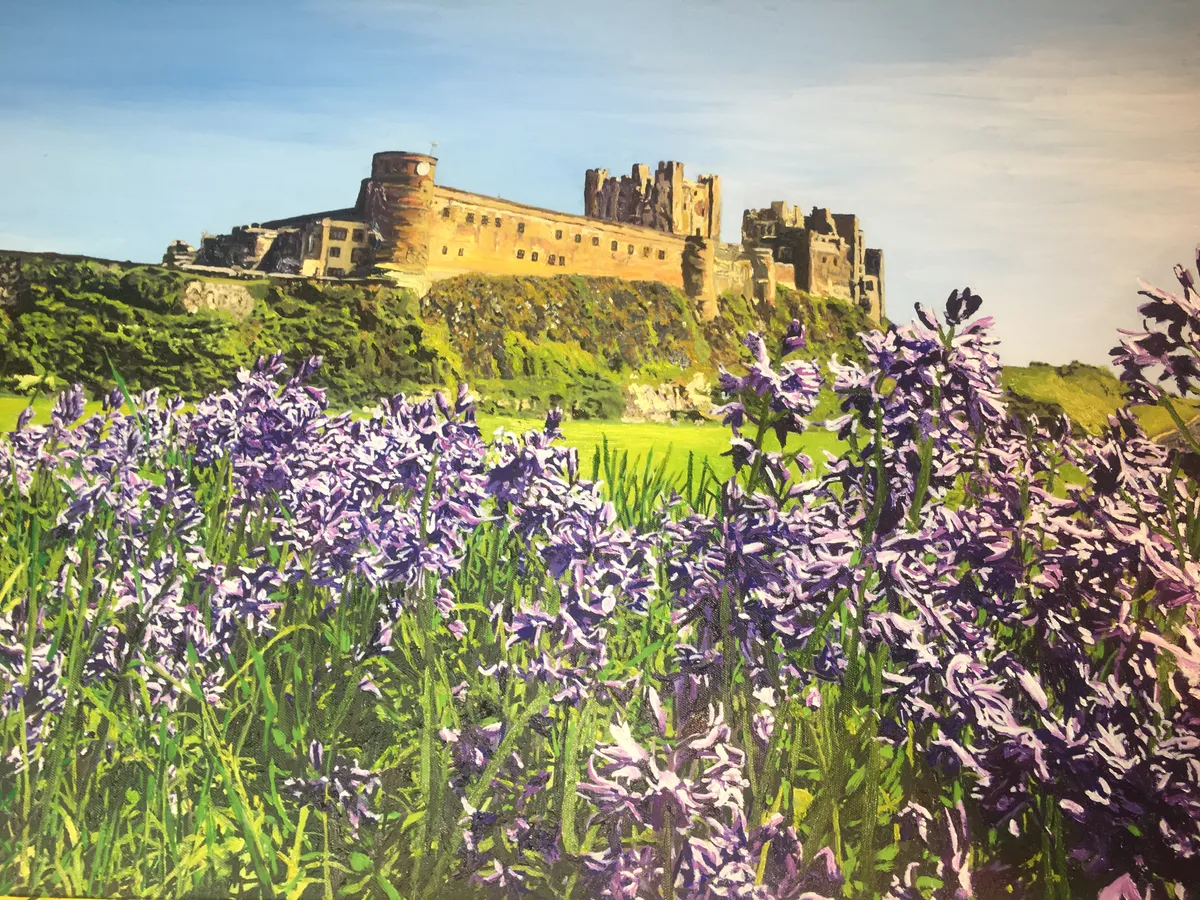
Pulpit Rock, Dorset
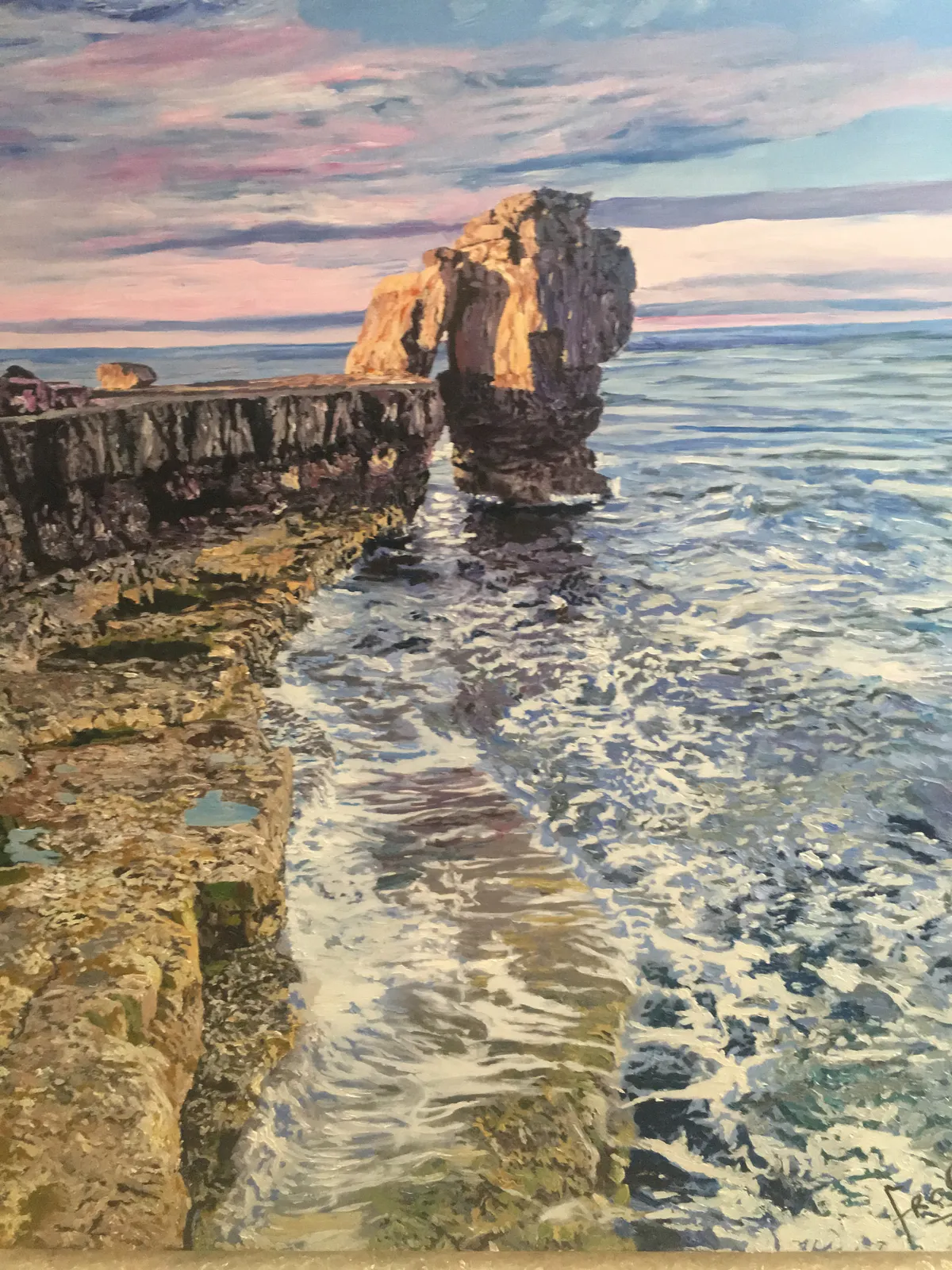
Berkshire bluebells
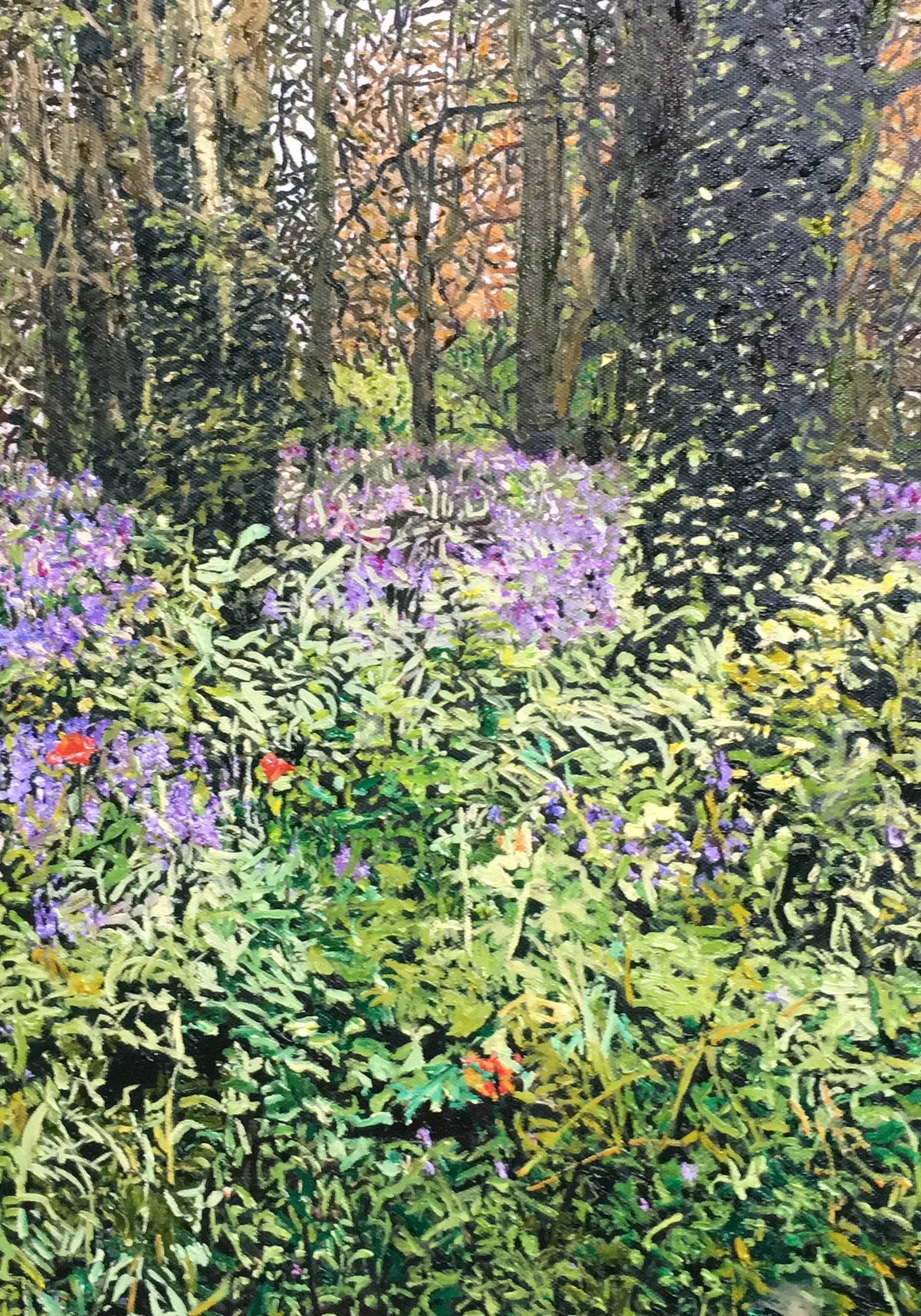
White Cliffs of Dover
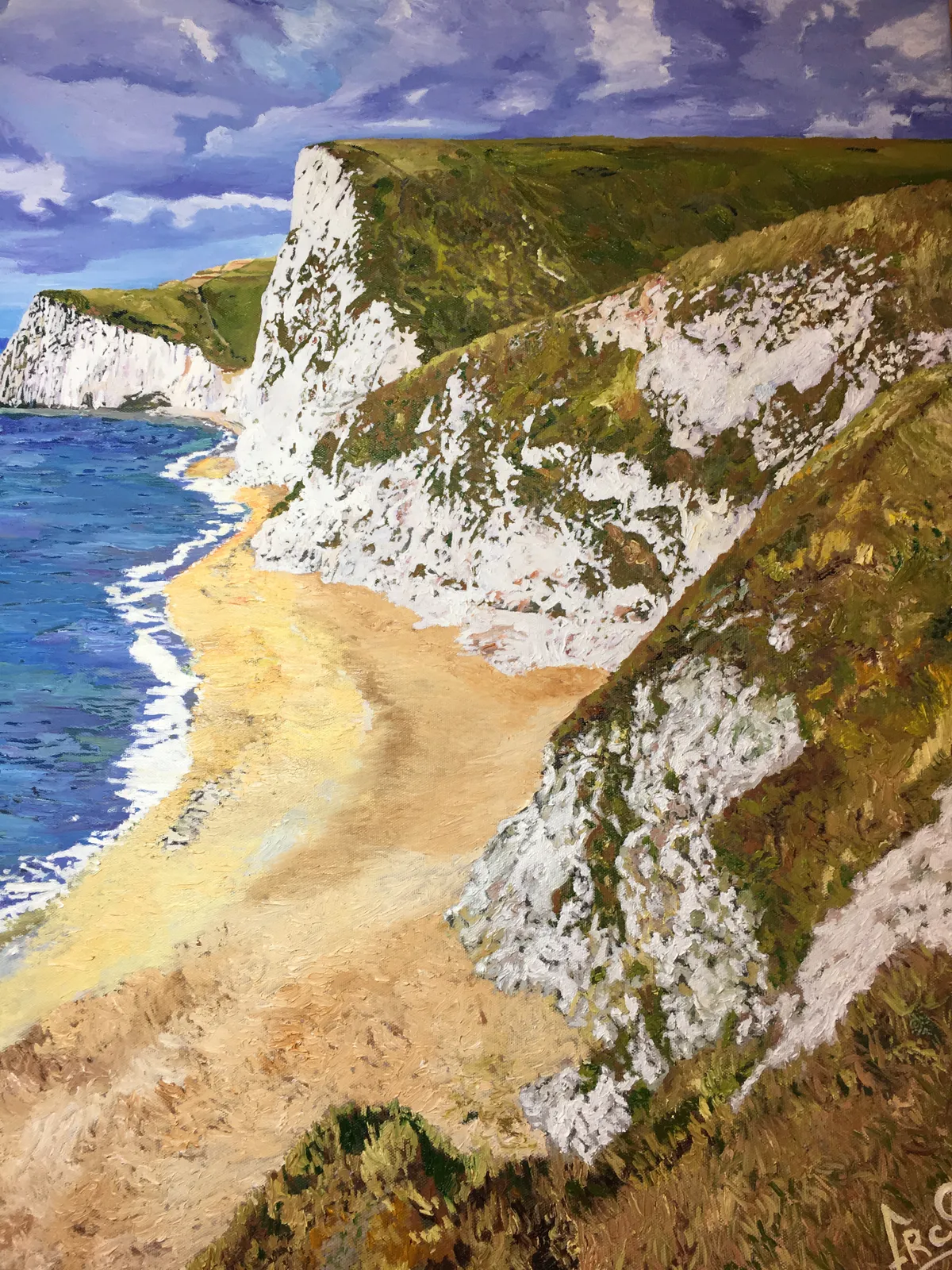
Now go there
The Great British Art Exhibition: Our Iconic Landmarks, runs from 11-16 November at La Galleria, Pall Mall, London.
www.brilliantbrushstrokes.co.uk
